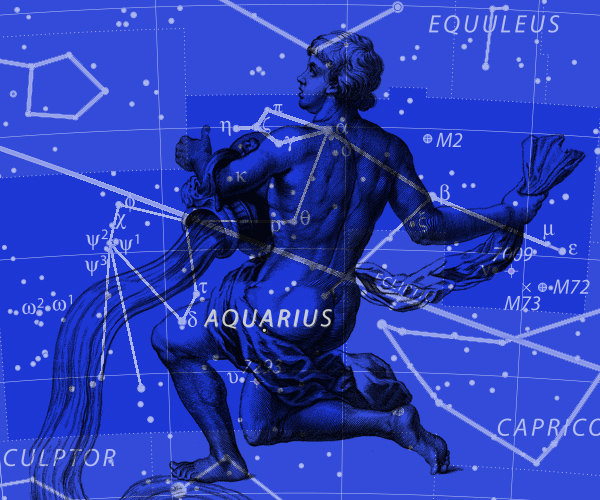Sukkot–The Feast of Booths, Part 4

According to Hebrew hermeneutics, each verse of the Bible may have as many as four levels of interpretation. The first level is called peshat,[1] and refers to the plain, direct, intended, and explicit meaning of the verse. The second level is called remez. The word remez in modern Hebrew means hint. It refers to the implied, alluded, or symbolic meaning. The third level is called derash, which means to inquire, or seek. It is the comparative, homiletical, or interpretive meaning, derived by comparing and cross-referencing similar occurrences. The fourth level is called sod, which means secret. It is the mystical, esoteric, or cryptic meaning of the verse. An acronym formed from the first letters of these four words—PaRDeS—means orchard. The English word PaRaDiSe comes from the same root.
So far, in our study of moeds we have seen the first three levels of Hebraic interpretation. For example, concerning the feast of Tabernacles, the peshat is the story of the wilderness wanderings when the Hebrews (literally) lived in tents and booths. The remez is the reference to Jesus as the living water. It is symbolic. As stated before, faithful Jews would have known that Jesus was making a reference to the drink offering on during Sukkot. The derash would include comparing the verses that speak of the literal drink offering (and other “outpourings”) with the symbolic living water and the outpouring of the Holy Spirit on Shavuot, and in the future when Israel becomes part of the New Covenant during the Messianic age.
But there is a fourth level of Hebraic interpretation that is not always seen or discussed—the sod—the mystical, esoteric or cryptic meaning of the verse. Let’s look at a new verse that speaks of the moed that may help us understand one way a sod can be seen.
Genesis 1:14 reads…
And God said, Let there be lights in the firmament of the heaven to divide the day from the night; and let them be for signs, and for seasons, and for days, and years.
[Genesis 1:14 KJV]
This verse tells us the purpose of the lights in the firmament, they are for…
- Signs
- Seasons
- Days
- Years
Each of these four words, signs, seasons, days, and years, in the Hebrew, goes far beyond the face value definition, but for now, I would like to draw our attention to the Hebrew word that corresponds to the English word seasons—it is the word moed.
Take a moment to let that sink in. If the sun, moon and stars are moeds, then God created celestial objects with the express design that their positions, orbits, and configurations function as appointed times and rehearsals for future events. In short, biblical astronomical observance reveals that the asterisms visible in the night sky correspond to other kinds of biblical revelation.
It should not come as surprise then to realize that God declared the outpouring of the Holy Spirit since the creation by signs in the heavens. Although usually known simply as “the water bearer,” one of the twelve major constellations of the Mazzaroth is actually a picture of a high priest pouring out a drink offering—in English (actually Latin), we call it Aquarius.

The fact that there is a picture of the High Priest pouring out a drink offering in the Mazzaroth, as declared in Genesis 1:14, Pslam 19, etc., is a sod, a secret, mystical, esoteric, or cryptic meaning. The world may call this sign Aquarius, but it is really our Great High Priest, Jesus Christ.
[1] The word peshat comes from a root that means simple. It is often mistakenly translated literal. The word literal is often problematic when discussing hermeneutics because it is frequently misunderstood to mean exclusively literal, when contextually it is used as a label intended to mean language used according to its ordinary usage.